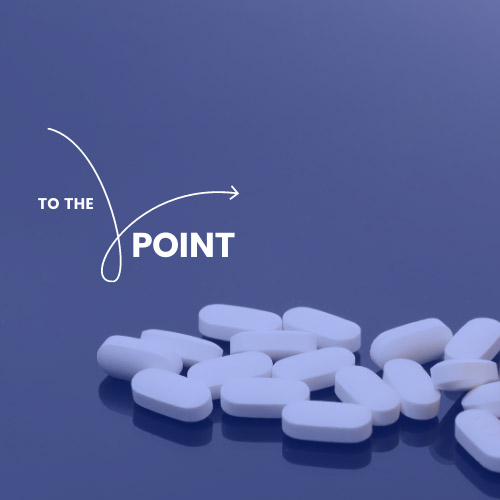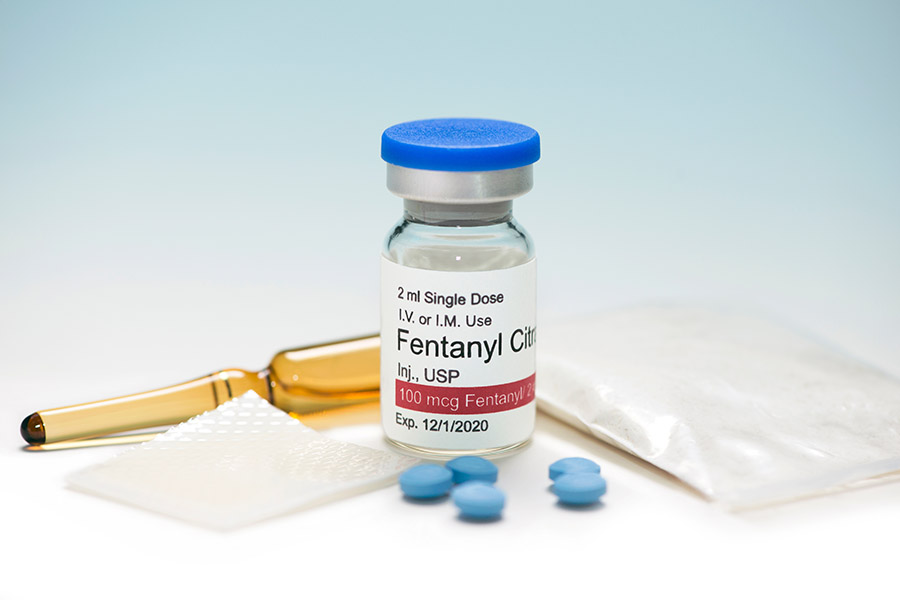To the Point: The Fentanyl Crisis, Why Now, Why So Deadly?
 To the Point provides insights from AU faculty experts on timely questions covering current events, politics, business, culture, science, health, sports, and more. Each week we ask one professor just one critical question about what’s on our minds.
To the Point provides insights from AU faculty experts on timely questions covering current events, politics, business, culture, science, health, sports, and more. Each week we ask one professor just one critical question about what’s on our minds.
It’s the deadliest drug crisis in US history. More than 100,000 Americans died from drug overdoses between August 2021 and August 2022 alone, according to Foreign Affairs. Much of this epidemic is driven by fentanyl, which now kills around 200 Americans every day.
Most illicitly manufactured fentanyl (and the chemicals used to produce it) comes from China or Mexico, and the US government has not been successful at stemming its flow into the country. It’s become an epidemic that is endangering our national public health and destroying communities across the nation.
We asked American University Professor of Psychology David Kearns to explain why fentanyl and other synthetic opioids are so addictive, so prevalent, and so dangerous.
Why is fentanyl so dangerous and how has its use spread across the nation so quickly?

Fentanyl is one of a class of many drugs known as opioids, which are used for pain relief. They can also be addictive. The key way in which fentanyl differs from more familiar opioids, like morphine, codeine, or even heroin, is potency. Potency refers only to the amount of a substance needed to produce a certain effect. Fentanyl is 100 times more potent than morphine. This means that if 10 mg of morphine is needed to produce pain relief, only one tenth of 1 mg of fentanyl (0.1 mg) is needed to produce the same effect. Few people have access to a scale sensitive enough to accurately measure amounts that small.
Fentanyl can be so dangerous because small miscalculations in dose can result in a fatal overdose. Potency aside, fentanyl is not necessarily more dangerous than other opioids. Something many people do not realize is that fentanyl is used safely as part of routine medical procedures every day – but it is administered by trained professionals who can accurately administer the correct amount.
Fentanyl is not a new drug, which raises the question of why we are seeing record overdose deaths now. This story goes back to the late 1990s and the first of what the CDC calls the three waves of the opioid overdose epidemic. The first wave began with prescription pills like Oxycontin. The second wave began around 2010, when prescription opioids became much harder to obtain and more expensive. Opioid users switched to heroin, which provides the same effect, but was much cheaper. Now we are in the third wave, with fentanyl substituting for heroin. The reasons for this switch are not yet fully understood, but it is thought that in recent years it has become much cheaper to produce illicit fentanyl than heroin for various reasons.
About Professor David Kearns

Professor Kearns became a full-time faculty member in the Psychology Department at American University in 2011 and became the department chair in 2022. His research into the behavioral aspects of addiction to opioids and cocaine has been funded by NIH’s National Institute on Drug Abuse. Currently, he is the Principal Investigator for an NIH R01 grant from NIDA titled “Opioid and Psychostimulant Taking: Testing the Impact of Behavioral Economic Contexts.” Kearns is a member of the editorial board of the APA journal Experimental and Clinical Psychopharmacology and is also a member of the board of directors of the Eastern Psychological Association.
